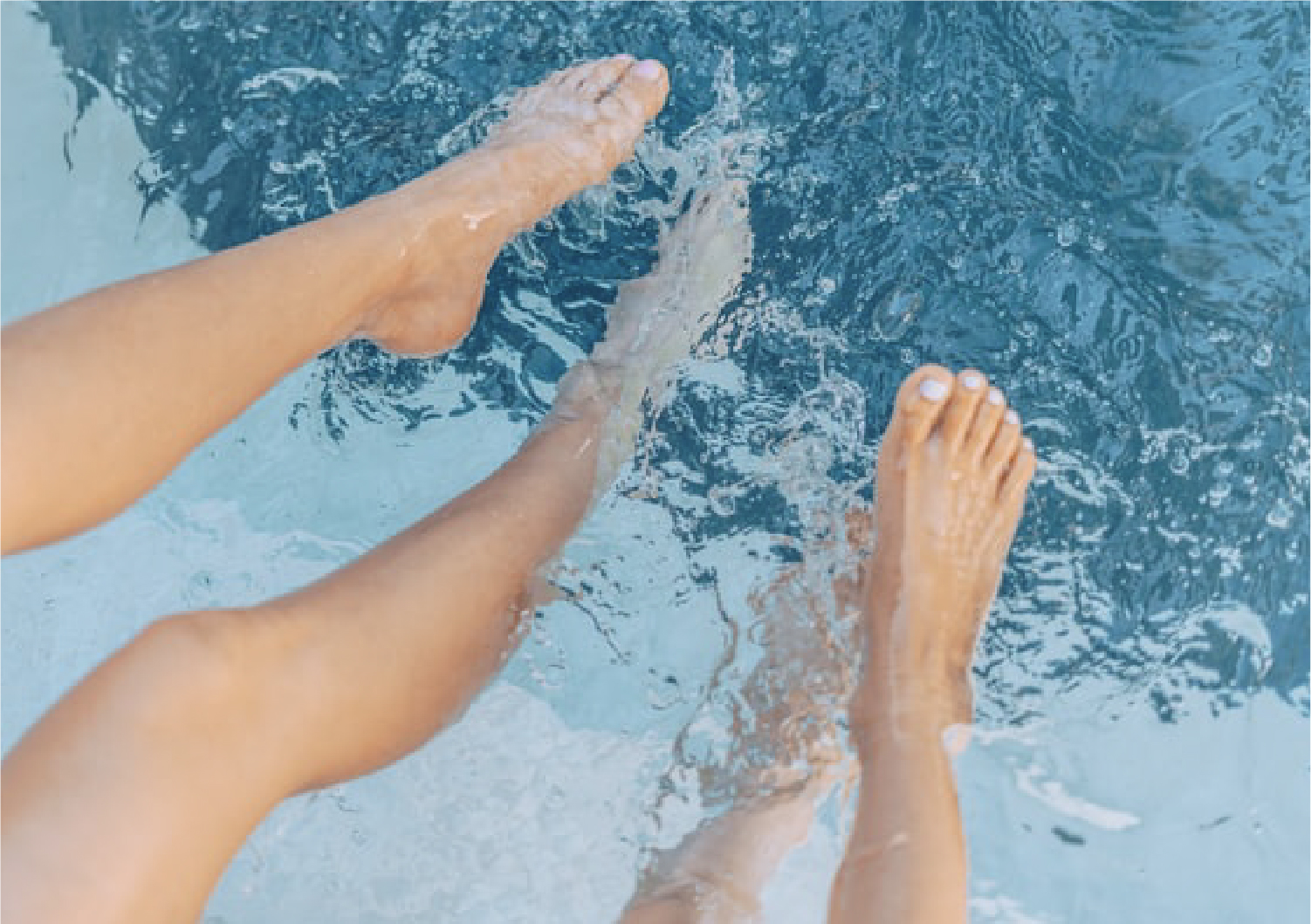IN THE NEWS
The truth about the chlorine shortage

There’s no shortage of some types of chlorine. However, the shortage of trichlor, the most common type of chlorine used in residential pools, is painfully real due to two major events.
One, 2020’s COVID-19 mandates forced Americans to stay at home, where they used their pools – a lot. Many bought new pools.
Two, after Hurricane Laura hit the Gulf Coast in August 2020, a fire damaged the plant that supplies the nation with trichlor tablets. Rebuilding is at least a year away.
The double whammy created a higher demand and scarcity for trichlor; prices have increased, and finding it is getting more difficult. Dealers and service companies have been stockpiling to keep a supply for their customers.
Pool industry veterans of 30 years say they’ve never witnessed a chlorine shortage like this before. It’s possible that the trichlor supply shortage will expand to other types of chlorine as people look for alternatives.
What’s a pool owner to do?
An easy solution: Use less chlorine. A product called Instant FROG® reduces chlorine use up to 50% while keeping the pool clean*. For in-ground pools only, it uses minerals that work in combination with chlorine to kill bacteria two ways, condition water for softness and buffer the pH.
Instant FROG is prefilled, ready to put into the skimmer basket, where it works all summer – or 6 months. It can be used with any type of chlorine to lower chlorine levels and keep water clean.
Using less chlorine has benefits beyond riding out the trichlor shortage. It means softer feeling water that’s easier on swimsuits and surfaces, which helps in the long run.
A few easy steps will also help protect your pool and lessen chlorine demand:
- Showering before swimming rinses off makeup, soap, conditioner, sunscreen and other contaminants that dramatically increase chlorine demand.
- Scoop out debris and vacuum regularly.
- Use algaecide. Algae creates a chlorine demand; FROG Bam® offers a 90-day guarantee against algae.
- Don’t allow street clothes in the pool, they carry contaminants that increase chlorine demand.
- Avoid detergent, only rinse swimsuits.
- Don’t let pets in your pool – one dog alone in your pool equals 50 people.
- Cover your pool when not using it to protect the chlorine from UV that produces evaporation.
Let the trichlor shortage spur you on to some lasting solutions that let you enjoy your pool more.
Contact:
Lynn Nord, Marketing Product Manager
lynn.nord@kingtechnology.com
* Compared to the minimum EPA recommended chlorine level of 1.0 ppm for a stabilized swimming pool.